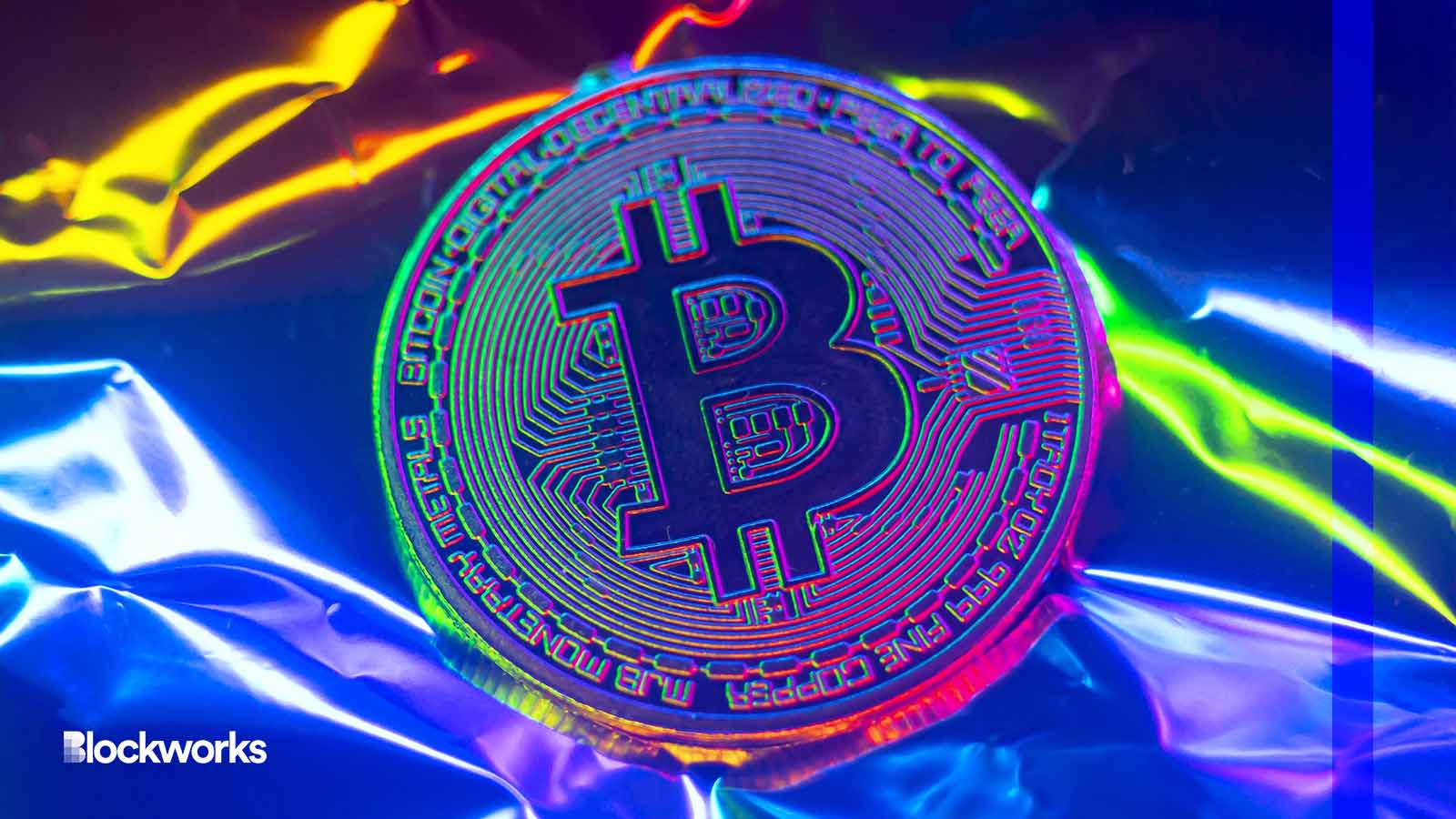Who ‘Broke’ Bitcoin Ordinals? What Does it Mean?
A freelance bitcoin developer experimenting with the Ordinals inscription system found a bug. Life goes on.

mr_tigga/Shutterstock modified by Blockworks
A pseudonymous Bitcoin and Lightning Network developer going by the name “Supernestnet” was poking around Ordinal Theory — Ordinals for short — on Thursday, when he discovered a bug.
Ordinals are an attempt to make Bitcoin fun again. They allow text, images and code to be “inscribed” on a satoshi — the smallest denomination of bitcoin. Each satoshi has a unique number between 0 and (eventually) 2,100 trillion, assigned in the order in which they are mined. While usually thought of as fungible, the Ordinals protocol makes them non-fungible, like an NFT.
Just as each satoshi is numbered, each Ordinals inscription has a number — there are more than 3.7 million of them to date.
Supernestnet found a way to break inscription numbers, by inscribing a satoshi that he didn’t own. Then, just as he inadvertently riffed on the Bhagavad Gita, thinking it was an homage to the film Oppenheimer, he also asked rhetorically whether he had “broken” Ordinals.
 Source: https://github.com/supertestnet/breaker-of-jpegs
Source: https://github.com/supertestnet/breaker-of-jpegsNot so much, according to Danny Diekroeger, founder and CEO at Deezy, who works on infrastructure for the Lightning Network.
“Inscription numbers are just a vanity metric putting an order to which inscriptions came first,” he tweeted. “[S]ome collectors like having the 100,000th inscription, for example…these are all messed up now, because [Supertestnet]’s transaction exposed some logic in the software.”
It was an “edge case” and only provides a new example of a known issue, according to Ordinals advocate, LeonidasNFT. They said on Twitter, “there has been debate about inscription numbers being off by a lot more than one for almost three months now.”
Plus, it may all have been a marketing ploy.
Is it funny? A little. Is it important? Not really.
What is notable is that mean-average transaction fees have increased by just shy of 300% in the past two weeks, according to a Galaxy Research note on Friday.
It currently costs between $5 and $6 to get a transaction through the Bitcoin mempool.
That’s one of the points of Ordinals, as its originator, Casey Rodarmor, noted right off the bat: “Since Bitcoin requires the development of a robust fee market, this is a strong positive of the proposal.”
But the recent bump in transaction fees likely has more to do with the “DeFi on Bitcoin” efforts around the BRC-20 token standard, which shares a similar technique with Ordinals but is used differently.
Galaxy Research views this as “a notable development for Bitcoin,” but whether it has any long-term significance remains to be seen. It seems rather like trying to fit a diamond peg in a round hole.
But fine: Experiments are being run on Bitcoin. Some people think it’s fun and good for Bitcoin. Others are mad.
Bitcoin continues, as always, just with slightly higher transaction fees.
In any case, Supertestnet has now changed their story.
Get the news in your inbox. Explore Blockworks newsletters:
- The Breakdown: Decoding crypto and the markets. Daily.
- 0xResearch: Alpha in your inbox. Think like an analyst.






